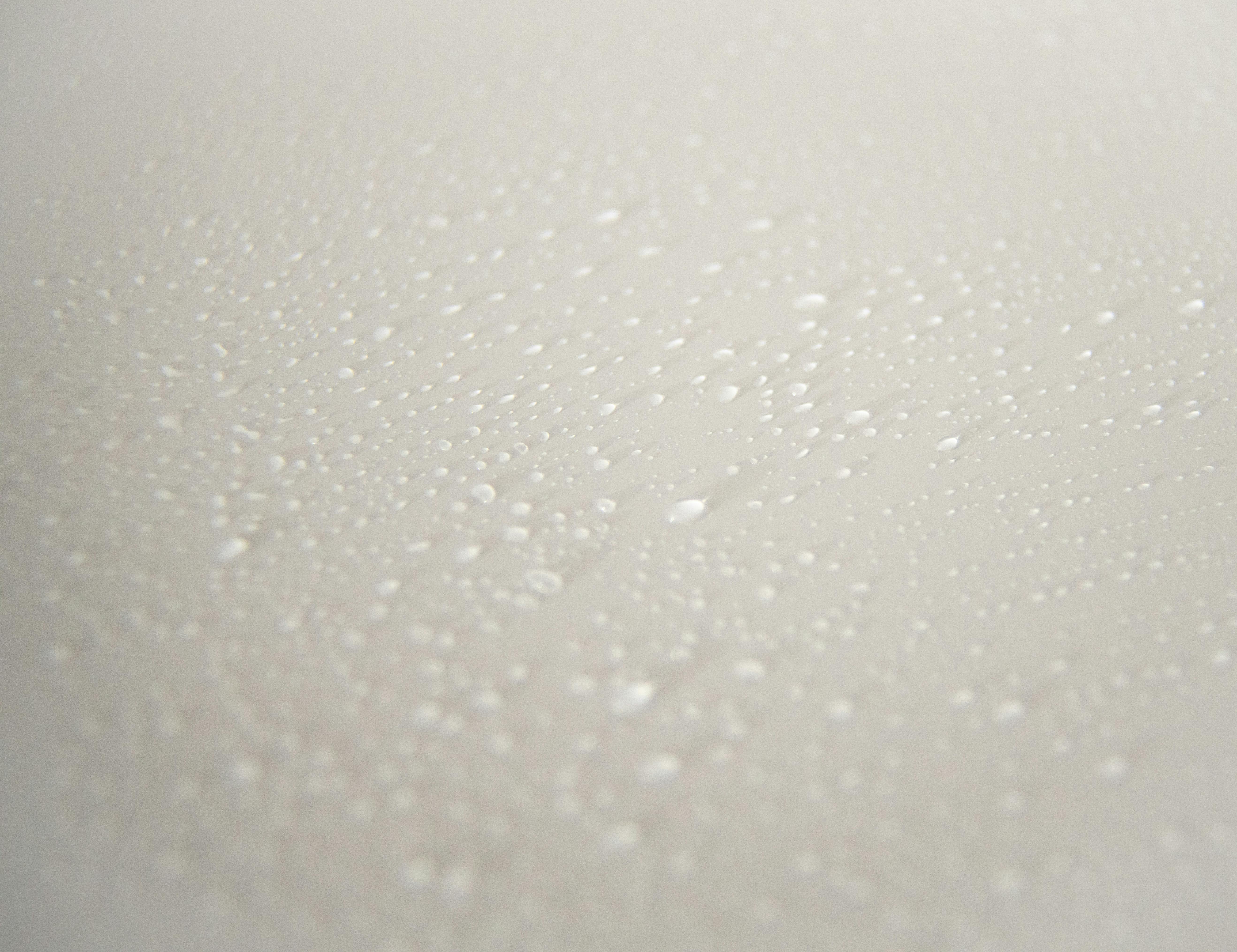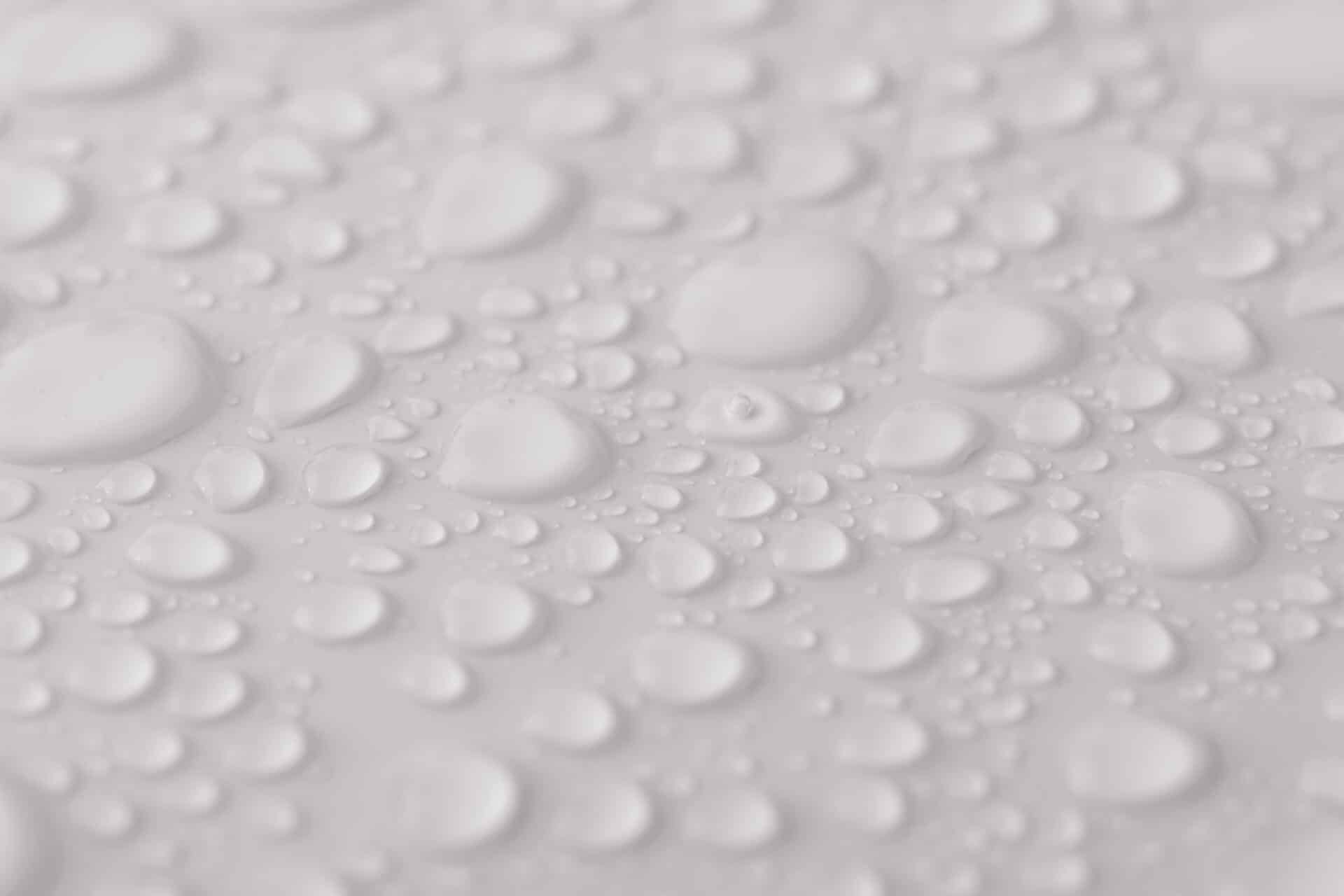Greywater and water reclamation are both methods of conserving water, but they differ in terms of the source and treatment process. Greywater is wastewater from sources such as showers, dishwashers, and washing machines. This water is not considered to be contaminated with human waste, so it can be reused without undergoing any additional treatment. Water reclamation is the practice of treating wastewater so that it can be reused for non-potable purposes. This type of wastewater typically contains high levels of contaminants, so it must undergo a rigorous process of filtration and disinfection before it can be safely reused.Greywater is wastewater from kitchen sinks, washers, bathtubs, and other household sources. It does not contain toilet waste or heavy soaps or chemical residues. This type of water can be recycled and reused for applications such as irrigation, laundry, toilet flushing, and car washing.
Water Reclamation
Water reclamation is the process of treating wastewater and making it safe for use in a variety of activities. This is done by removing contaminants, such as chemicals, bacteria, and sediment, so that the water can be reused for drinking, irrigation, or other purposes. Reclaimed water is often referred to as “gray water” because it has been treated but not to the same standards as drinking water. It can be used in many industries, such as agriculture, manufacturing and power generation. In some areas of the world, reclaimed water is also used for recreational purposes such as swimming pools or fishing ponds.
Reclaimed water is collected from a variety of sources including sewage treatment plants, industrial facilities and agricultural runoff. The collection process begins with the removal of solid waste from wastewater. This material is then separated from the remaining liquid waste so that it can be further processed to remove other contaminants such as chemicals and bacteria. Once these contaminants have been removed, the remaining liquid is ready to be reused.
Reclaimed water provides many benefits including conservation of natural resources like freshwater and improved public health by reducing pollutants in our environment. In addition, it helps reduce energy costs associated with pumping freshwater over long distances and reduces the amount of wastewater discharged into rivers and oceans. Additionally, reclaimed water can be used to recharge underground aquifers which are vital sources of freshwater in many areas around the world.
Overall, water reclamation is an important part of preserving our environment while providing access to safe drinking water for people around the world. It also helps reduce energy costs associated with pumping freshwater over long distances and reduces pollutants in our environment. With proper treatment and management systems in place, reclaimed water can provide numerous benefits for both people and nature alike.
Advantages of Greywater Use
Greywater is the wastewater generated from different household activities such as showering, washing dishes and laundry. It can be reused for many different purposes, including irrigation, toilet flushing and industrial processes. This type of water use has several advantages that make it an attractive option for households and businesses alike.
Cost Savings
One of the primary benefits of greywater reuse is cost savings. By reusing this type of water, households can save on their monthly water bills. Businesses can also save money by using greywater for processes such as cooling industrial machinery or landscaping.
Environmental Benefits
Using greywater reduces the amount of fresh water needed from local sources, allowing those resources to be used more efficiently. Reusing greywater also helps conserve energy since it takes less energy to treat than to produce new water supplies. Additionally, reusing greywater helps reduce wastewater discharge into local streams and rivers, which can help protect aquatic wildlife and habitats.
Improved Health
Greywater reuse can also improve public health by reducing waterborne illnesses caused by contaminated drinking water supplies. Greywater systems require special treatment before being used for drinking or cooking purposes; however, when properly treated they can provide a safe source of drinking water in areas where a clean supply is unavailable or too expensive to access.
Overall, the use of greywater offers a number of advantages that make it an attractive option for both households and businesses alike. Not only does it provide cost savings and environmental benefits, but it can also improve public health in areas where clean drinking water is scarce or unaffordable.
Disadvantages of Greywater Use
Using greywater has its drawbacks, as it can contain contaminants and bacteria that can be harmful to human health if not treated properly. Greywater can also contain detergents, soaps, and other chemical residues that are not suitable for reuse. Additionally, greywater may also contain food particles and other debris that can clog pipes and cause blockages. Furthermore, greywater often contains pathogens from human waste which can cause serious illnesses if consumed or used for bathing.
In addition to the potential health risks associated with using greywater, there are also some environmental concerns to consider. Greywater is usually discharged into nearby water sources without proper treatment, which leads to water pollution and contamination. This can affect the quality of nearby drinking water sources as well as aquatic life in the area. Additionally, greywater use can lead to an increase in water demand due to its high nutrient content which could lead to a decrease in fresh water availability.
Applications of Greywater
Greywater is a type of wastewater generated from activities such as laundry, washing dishes, showering and bathing. It can be reused for various applications such as landscape irrigation, toilet flushing, and for non-potable uses like car washing and cooling tower make-up. This type of water contains soluble nutrients which are beneficial for plant growth. It also helps in reducing water bills due to its reuse. Some of the common applications of greywater are outlined below:
Landscape Irrigation:
Greywater can be used to irrigate gardens and lawns in residential or commercial areas. The nutrient content in the water helps in promoting plant growth and reduces the need for fertilizers. This is an effective way to conserve water as well as reduce costs associated with purchasing fertilizers.
Toilet Flushing:
Greywater can also be used for flushing toilets in residential areas or commercial buildings. This helps in reducing the amount of freshwater used for flushing purposes and also reduces water bills. The greywater should be treated before using it for toilet flushing to remove any impurities or contaminants.
Non-potable Uses:
Greywater can be used for non-potable purposes such as car washing, cooling tower make-up or industrial process water etc. The greywater should be treated before using it for these purposes to remove any impurities present in it. This ensures that the greywater does not cause any harm to humans or the environment.
Overall, greywater is a valuable resource that can be used for various applications such as landscape irrigation, toilet flushing and non-potable uses. Its use helps in conserving freshwater resources and reducing costs associated with purchasing fertilizers and other products required for these applications.

Impact of Greywater Use on the Environment
Greywater is wastewater generated from domestic activities such as dishwashing, laundry and bathing. It can be recycled and used to water plants and flush toilets, reducing the demand for fresh water. This has the potential to significantly reduce the strain on freshwater resources, particularly in areas with limited access to freshwater. Additionally, greywater can provide a valuable source of nutrients for plants, leading to better growth and more productive gardens. However, there are potential environmental impacts associated with greywater use that need to be considered.
One of the main concerns is the potential for pollutants in greywater to contaminate soils and groundwater. Greywater contains a range of organic and inorganic compounds, including detergents, food particles and human waste products. If not managed properly, these pollutants can leach into the environment and cause serious damage to ecosystems or contaminate drinking water sources. It is therefore important that greywater is managed responsibly by using appropriate filtration systems or other treatments before it is used in gardens or discharged into surface waters.
Another concern with greywater use is its impact on soil fertility. Greywater contains a range of nutrients which can be beneficial for plant growth but can also lead to over-fertilization if not managed properly. Over-fertilization can lead to an increase in weeds or an imbalance in soil nutrients which can reduce plant productivity or even kill them off entirely. It is therefore important that any use of greywater should be monitored carefully to ensure it does not have a negative impact on soil fertility or plant health.
Finally, there are potential health risks associated with greywater use if it is not managed properly. Greywater may contain pathogens such as bacteria and viruses which could cause illness if ingested or come into contact with skin when handled improperly. It is therefore important that any use of greywater should be done so responsibly by following appropriate safety procedures such as wearing protective clothing when handling it and ensuring it does not come into contact with edible items or drinking water sources.
In conclusion, while there are environmental benefits associated with using greywater, there are also potential risks which must be considered before using it in gardens or other applications. Appropriate management strategies should always be put in place to ensure that any use of greywater does not have detrimental effects on the environment or human health.
Advantages of Water Reclamation
Water reclamation is a process that involves the collection, treatment and reuse of wastewater for various purposes. It is an environmentally friendly way to reduce the amount of fresh water that is used for irrigation, industrial processes and other activities. The advantages of water reclamation include cost savings, improved water quality, increased water supply and improved environmental conditions.
Cost savings are realized when wastewater is collected and treated rather than discharged into surface or groundwater sources. The cost of treating wastewater can be substantially less than the cost of new water resources, such as desalination or groundwater pumping.
The quality of reclaimed water can also be improved through treatment processes such as filtration and disinfection. This can help reduce the amount of pollutants in the environment, as well as improve the safety and potability of the reclaimed water for agricultural and industrial use.
By reusing wastewater, more fresh water can be available for drinking and other uses. In addition, reclaimed water can be used to supplement existing water supplies during periods when demand is high, such as during droughts or extreme weather events.
Finally, reclaiming wastewater helps to improve environmental conditions by reducing pollutant loads in rivers and streams caused by runoff from urban areas. Reclaimed water can also be used to replenish aquifers or wetlands that have been depleted by overuse or drought.
Overall, the advantages of reclaiming wastewater outweigh any potential risks associated with its use due to careful monitoring and management practices that ensure it meets quality standards before being released into the environment or reused for beneficial purposes.
Disadvantages of Water Reclamation
Water reclamation has numerous advantages, but it also has some drawbacks which need to be considered before implementation. One of the main disadvantages is the possibility of contamination of the reclaimed water. Reclaimed water may contain pollutants such as heavy metals and other contaminants that can be hazardous to human health if not properly treated. Furthermore, reclaimed water may contain pathogens that can cause diseases, including bacterial and viral infections.
Another disadvantage is the cost associated with implementing a water reclamation system. The installation and maintenance of a water reclamation system can be quite expensive, especially if it is necessary to build a large-scale infrastructure to accommodate it. Additionally, treating the reclaimed water for reuse requires sophisticated technologies, which can also add to the cost.
Finally, reclaimed water does not necessarily meet all the same quality standards as potable (drinking) water. Depending on the source of the reclaimed water and its intended use, it may have higher levels of certain contaminants than potable water. This means that in some cases it may not be suitable for certain applications or may require additional treatment before being used safely.

Conclusion
Greywater and water reclamation are two methods of conserving water. Greywater is the reuse of untreated household wastewater, while water reclamation is the reuse of treated wastewater. Both methods have their benefits and drawbacks, but they both help reduce the amount of freshwater consumed. Greywater is considered a more sustainable option as it requires less energy to collect and treat than water reclamation. However, greywater can be contaminated if not handled properly. Water reclamation requires more energy and resources to collect and treat, but it produces a higher-quality source of water that can be used for more applications. Ultimately, the choice between greywater and water reclamation depends on the specific situation.
Greywater and water reclamation are both important methods for conserving freshwater resources in an increasingly arid world. They both provide benefits in terms of reducing water consumption and providing a reliable source of clean water for various applications. Choosing between them should be based on the specific need at hand, but either option is better than relying solely on freshwater sources for our needs.

